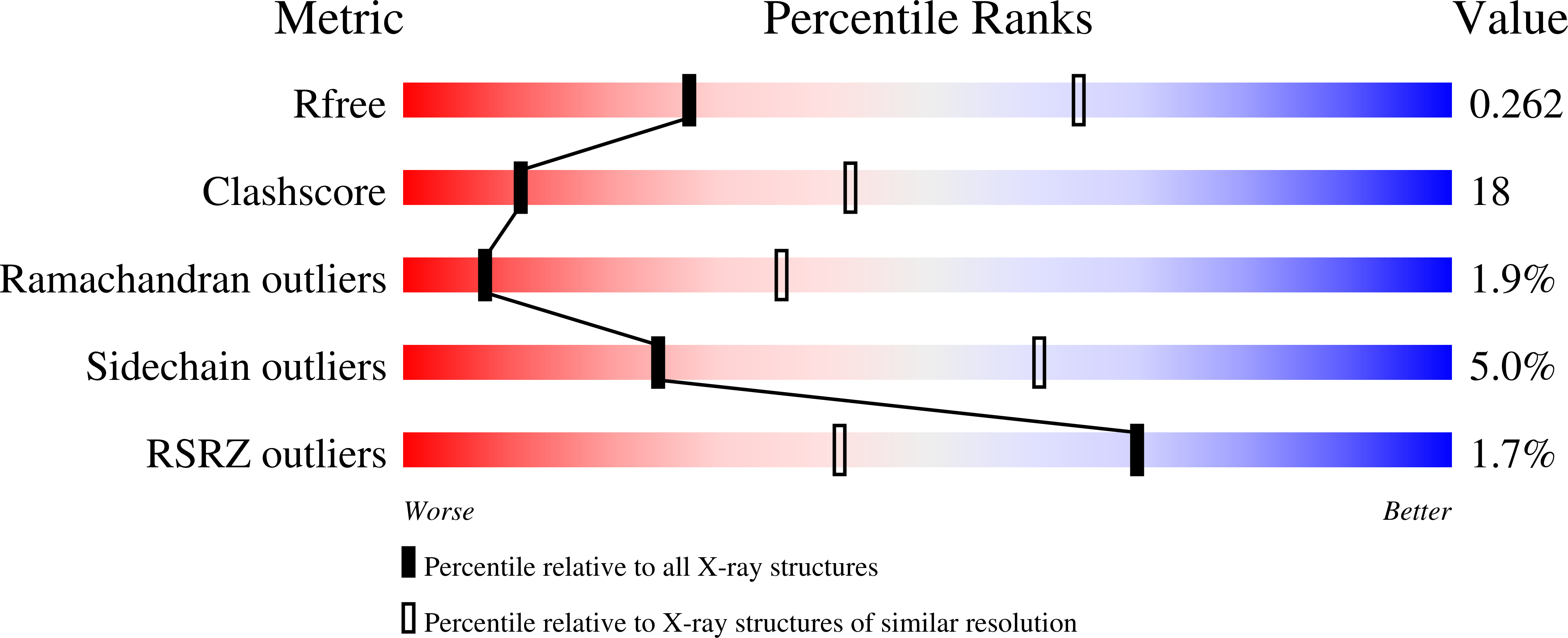
Deposition Date
2000-11-16
Release Date
2000-11-29
Last Version Date
2024-02-07
Method Details:
Experimental Method:
Resolution:
3.00 Å
R-Value Free:
0.26
R-Value Work:
0.20
R-Value Observed:
0.20
Space Group:
I 41 2 2


